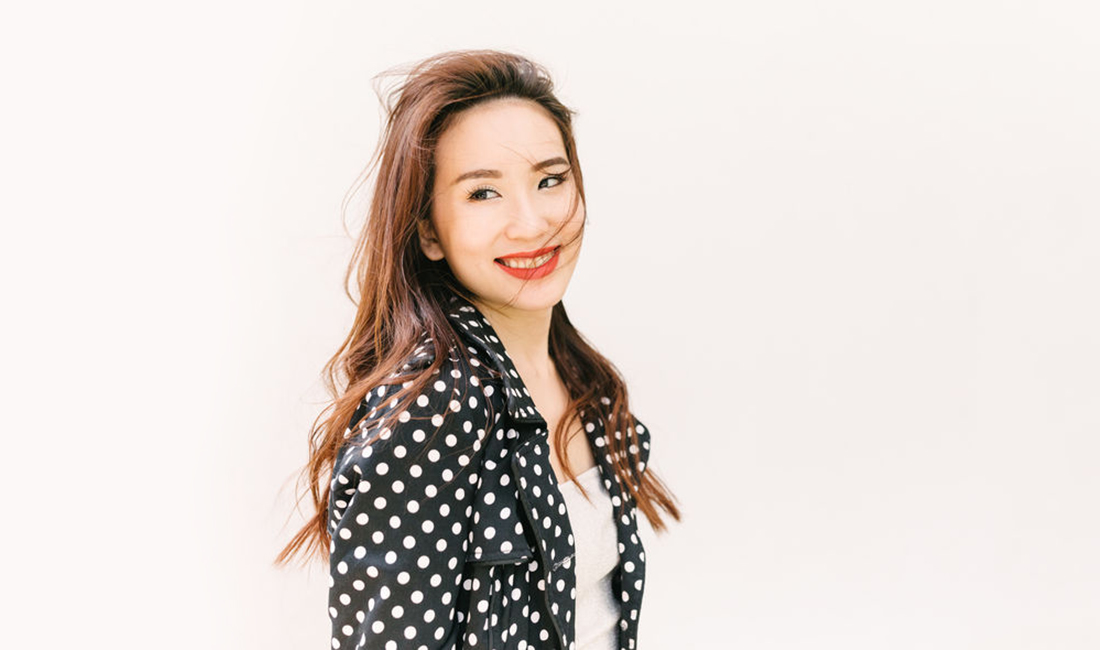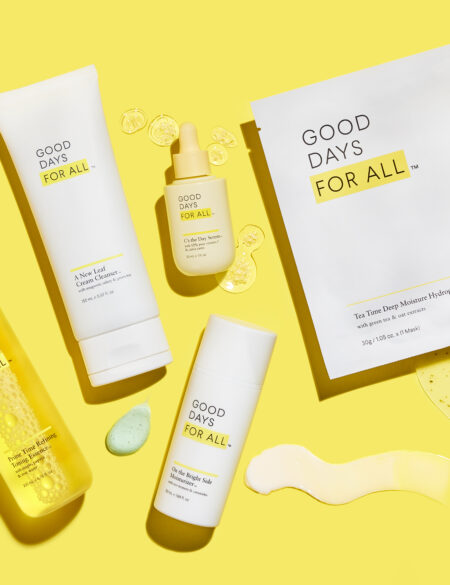After moving to Seoul, one America writer discovers how Koreans do self-care.
In recent years, self-care has become a hot topic in the US. The benefits of prioritizing your own physical, mental, and emotional health are being shared more widely, including on social media, in articles and podcasts, and even at some workplaces. One common and easy way many stateside practice self care is with skin care; masking, leisurely going through a multi-step routine, and turning your bathroom into a spa-like environment are all considered forms of self-care.
In South Korea, the idea of self-care is a little different.
For the past 20 months, I have been living and working in South Korea, a country with a reputation for long work hours and high levels of work-related stress.
Within the last decade, the newest generation in the workforce here has advocated for greater work-life balance, or wo la bal, as it is termed in Korea. The Korean government has also acknowledged the benefits of wo la bal and passed a law in 2018 that limits the work week to 52 hours maximum for those that work at businesses with 300 or more employees, state-run agencies, and government offices.
While there isn’t a term in Korean that directly translates to “self-care,” a number of related terms have grown in popularity in the last ten years. One is so hwak haeng, which means to do something small that brings you happiness.
I have noticed that when my friends, colleagues, and family members in Korea talk about how they relieve stress or take time for themselves, they don’t mention skin care. When I asked about this, they explained that since skin care is a part Korean culture, they simply view it as a part of their daily routine, like brushing their teeth. They then shared some of the special, beauty-related ways they practice self-care that go beyond their daily routine. Read on below to find out how Koreans do self-care.
Find Your Oasis
Neighborhood jjimjilbang’s or bath houses can be found in nearly every town in Korea. My coworker Kyonghui found a jjimjilbang in her neighborhood that she has made her personal oasis.
Once a month she visits Sauna Park for four to six hours of uninterrupted relaxation. She was kind enough to break down her guide to a great jjimjilbang visit:
Every visit starts with bathing and scrubbing off dead skin cells. This has the added benefit of improving your circulation. Next it’s time to soak and loosen your pores so you can “sweat better”. She then recommends grabbing a large, sweetened vinegar drink at the spa’s cafe to keep cool and hydrated as you rest (and sweat) in the various saunas. After the saunas, it’s time to grab a coffee and sit in the rooftop garden, unplugged and thoroughly relaxed.
While not all of us may have a jjimjilbang or affordable spa in our neighborhood, finding or creating your own oasis can be a great way to practice self-care.
The More You Know
For those that prefer to recharge by spending time with others, you may be interested in the one- and two-day, after-work courses in various lifestyle-related subjects that are currently trending in Korea.
One of the key features of these classes is their brevity. No need to sign up for a three month pass and feel guilty that you can’t attend half the classes; the classes are geared towards those with busy schedules.
I first heard about these classes from my friend Min Kyung, who recommended I check out 2 Gyo Si, where they offer classes in aerial yoga, wine tasting, writing, and more. There is truly something for everyone at these popular social learning experiences. And, of course, they offer classes related to beauty!
Redefine the Meaning of a Vacation
Traveling is wonderful in many ways, but for those that do not have the time or resources to get away or prefer to stay closer to home, ho kang seu or hotel-vacation has become widely popular in Korea.
It’s a “staycation” taken one step further. Hotel-vacationers enjoy a stay at a luxury or boutique hotel in or near their town, instead of staying at home. Typically enjoyed on days off work to avoid using valuable vacation days, hotel-vacationers book their stays based on the quality of the hotel rooms and available amenities, including the swimming pool, gourmet restaurants, and spa treatments. My friend Soojeong even tipped me off to some ho kang seu specials or packages, like this one at GLAD Hotel in Seoul. And since you won’t be paying for gas or a plane ticket on this vacation, you may be able to treat yourself to an extra facial or massage!
The next time you’re in need of a little R&R, instead of loading the car for a long drive or fighting your way through a busy airport, put on your fluffy robe and consider a hotel-vacation.














